In Deep:
A (Brief) Introduction to the Prized Peace and Pristine Landscapes of Colombia
 By virtue of its geography, Colombia should be one of the most prosperous countries in the world.
By virtue of its geography, Colombia should be one of the most prosperous countries in the world.
It boasts abundant access to natural resources, two coasts and a connection to Central America, all of which should position it well for affluence.
Unfortunately, a history of colonialism, corruption and prohibitive vegetation (mangroves, thick jungle) in the country’s north, which prevents it from capitalizing on the singular route to Central America, have held it back. And then of course there’s that pesky little substance you may have heard of called cocaine.

Resurgent, Resplendent
& Richly Rewarded
But Colombia has always been its own complicated and glowing gem and it is finally getting proper recognition.
A recently awarded Nobel Peace Prize has cemented its comeback (more on that below) and completed its renaissance on the world stage.
While summarizing the nuanced and rich history of Colombia is a heady task for a single blog post (you might want to check out Tom Feiling’s informative and engaging read, Short Walks from Bogotá for more), we’ve put together this brief introduction to a country rapidly on the rise.
Spanish Conquest
Welcome to… Ojedia?

While Christopher Columbus retains the honour of being Colombia’s namesake, a little investigative sniffing proves that he never actually set foot in the country.
It was actually his travelling companion, Alonso de Ojeda, who holds the distinction as the first European to set foot on the land in 1499.
After taking a look around he was decidedly impressed by the wealth of the local Indians and returned with stories of incredible treasure, giving birth to a great myth that glorified the land as a place littered with gold and emeralds.
Unsurprisingly, this was the siren song for the Spaniards and they quickly made their way over (forming many short-term settlements along the coast) and into the interior, resulting in rapid colonization along the way. By 1533, Cartagena had been founded by Pedro de Heredia—creating a principal centre of trade.
Today, on a visit to modern day Cartagena (pictured below) you will immediately be struck by its familiar feel, as it’s reminiscent of other popular colonial outposts—Havana and New Orleans quickly come to mind. All share similar architecture, climate and geography: detailed colonial homes, protruding palm trees, access to water.

Undiscovered Colombia
Colombia has been little explored, leaving huge tracts of land unknown, ungoverned, and unmapped. In Colombia, we traverse a land ripe for discovery.
DETAILED ITINERARYA People Divided

After Cartagena, the journey inward officially commenced.
Numerous expeditions delivered the Spaniards deep into the interior onto Muisca territory where two clans existed (and were divided), a situation that the Spaniards were happy to exploit to their benefit.
The southern clan was ruled by the Zipa from Bacatá (now Bogotá), and the northern fraction under the Zaque in Hunza (present-day Tunja).
An Outpost for King Carlos

Suffice to say, the Spaniards were able to defeat the locals by taking advantage of their infighting and in 1538 Santa Fe de Bogotá was founded on the site of Bacatá. Following this, much more of the colony was conquered and by 1550 Carlos V, king of Spain and Holy Roman Emperor, had established a court of justice in Bogotá.
As the colony developed under Spanish rule, the usual changes were made. Spanish invaders began to bring in slaves from Africa to serve as the workforce, setting up Cartagena as the exclusive slave-trading port.
Thus the local population, originally consisting mainly of indigenous communities (and the Spanish invaders) began to diversify and mix, creating a new and emerging demographic, and, yet, power only existed for the Spaniards.
Independence

Independence from Spain wasn’t a quick win (is it ever?).
Prefaced and created by the colonial situation, inhabitants became extremely unhappy and by 1781 were making that known. Slavery, unfair taxes and duties prompted rebellion and brought about the rise of Simón Bolívar, who by 1812 had became the face (and hero!) of the Independence struggle.
After some failures and then numerous victories, Bolivar was finally able to claim victory for Colombia when it won independence on August 7, 1819.
Medellín
Medellín, unfortunately, has been on the map for many years not because of its beauty but because of Pablo Escobar, a notorious drug-lord, and the ensuing drug trade that operated out of the city.
Since his demise in the mid-1990s, the Medellín cartel has disbanded and the city has rebounded tremendously, becoming a popular destination for travellers. As any conversation with a Colombian will make clear, Colombia is more than the drug trade that plagued the country for many years. The persisting narrative of Colombia as a haven for cocaine has been exhausting on the psyche of everyday inhabitants.
A Nobel-Winning Peace
 While civil war and drug violence have been prominent in the country’s past, great effort has been focused toward remedying that. President Juan Manuel Santos was recently awarded the Nobel Peace Prize for his efforts to pardon all FARC members, re-introduce them into society and end the country’s civil war.
While civil war and drug violence have been prominent in the country’s past, great effort has been focused toward remedying that. President Juan Manuel Santos was recently awarded the Nobel Peace Prize for his efforts to pardon all FARC members, re-introduce them into society and end the country’s civil war.
On a smaller scale, Sergio Fajardo was responsible for initiating a series of architecturally beautiful parques bibliotecas and sports centres in the most destitute neighbourhoods in Medellín in an effort to bring about a sense of optimism and civic prosperity to the over-looked.
Gabriel García Márquez
 No introduction to Colombia would be complete without invoking the memory and writing of Gabriel García.
No introduction to Colombia would be complete without invoking the memory and writing of Gabriel García.
This is a man who was described by a past president as “the greatest Colombian who ever lived.”
Starting as a journalist, Márquez is best known for his novels One Hundred Years of Solitude and Love in the Time of Cholera. Both works are emblematic of the writing style magical realism, which places magical events in everyday existence, and (unsurprisingly, if you’ve read them) both works have earned him worldwide audiences.
He won a Nobel Prize in 1982. One Hundred Years of Solitude is set in the fictional village called Macondo, but is likely inspired by his birthplace, Aracataca.
Beloved by Colombians, Márquez has been an outspoken critic of Colombia and of foreign politics, while also committing to paper the strength, resilience and beauty of his country before his death in 2014.
MORE FROM Latin America + Colombia

Reading for the Road: The Best Books About Colombia
Colombia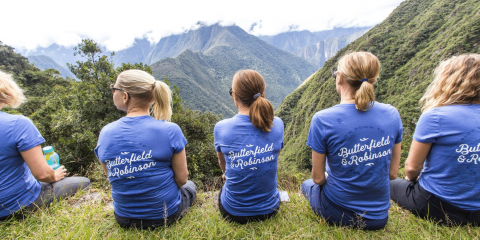
A Wellness Escape to Peru with Butterfield & Robinson
Peru
Cruising Through Argentina’s Famous Seven Lakes Road
Argentina
The Slow Fund: Scholarship Fund with Kuska School
Peru
A Taste of South America at Home: Argentinian Beef Empanadas
Argentina
Bespoke Stories: An Off-the-Grid Adventure for a Father & Son in Peru
Peru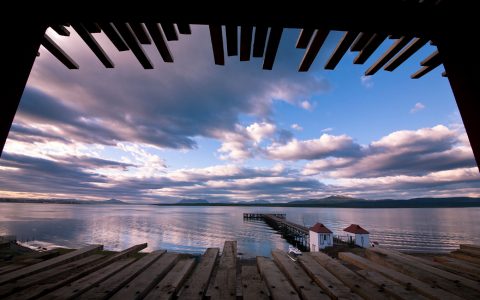
Spectacular Stays: The Singular Patagonia
Chile
7 Reasons Why You Need to Visit Panama City
Panama
Beyond Buenos Aires: Exploring Northern Argentina
Argentina
South America’s Best-Kept Secret: Uruguay
Uruguay
Off the Beaten Trail in Peru
Peru
A New Side of Peru: Arequipa & the Colca Canyon
Peru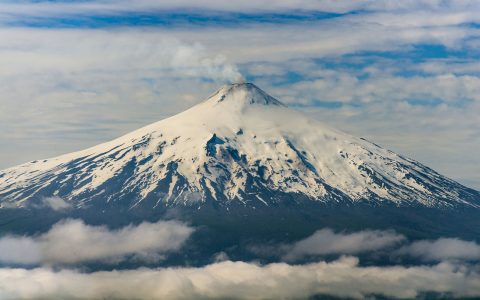
Lakes & Volcanoes of Chile and Argentina
Argentina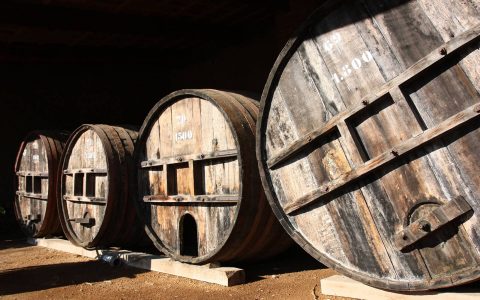
8 Must-Drink Wines From Chile and Argentina
Argentina
Our Favourite 14 Bars in the Americas
Latin America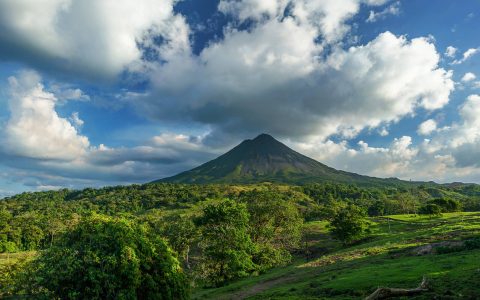
The Best Time of Year to Visit Costa Rica
Costa Rica
Top 10 Luxury Hotels in Peru
Peru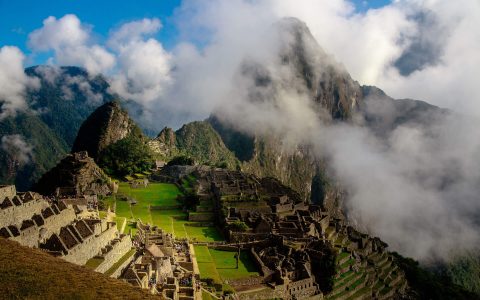
Reading for the Road: Our Favourite Books About Peru
Peru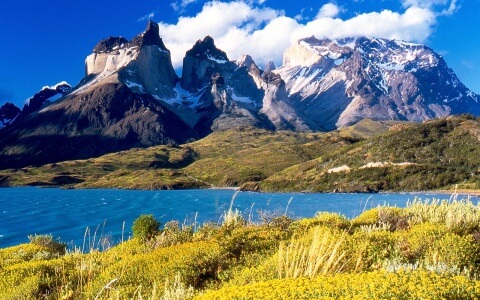
Embracing Extremes in Patagonia
Patagonia


